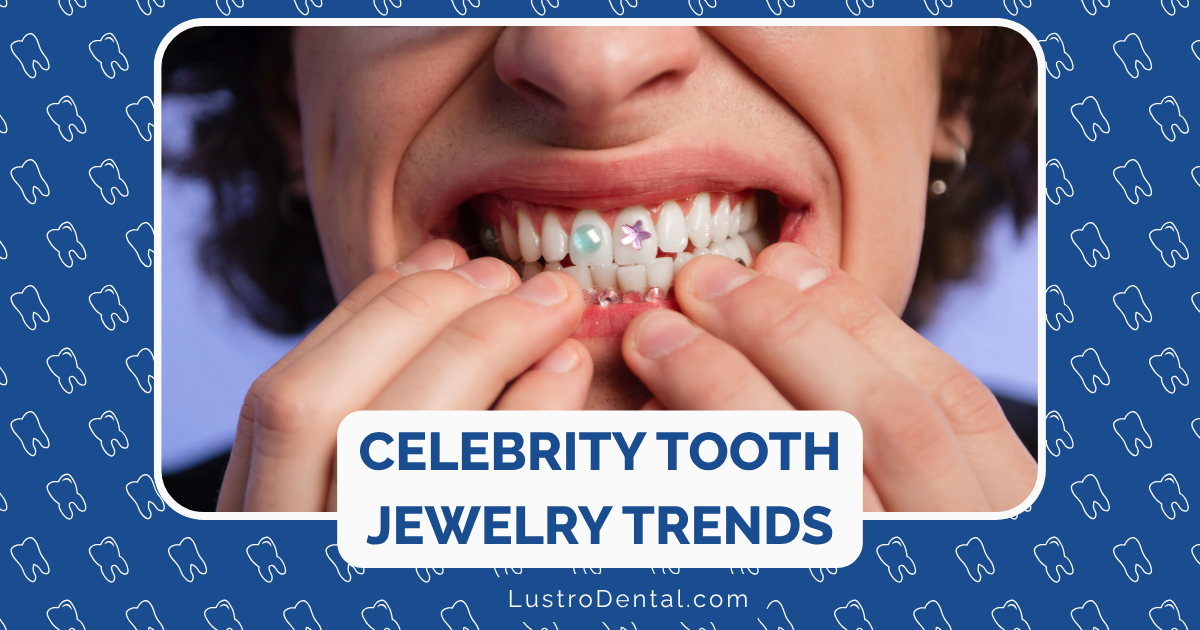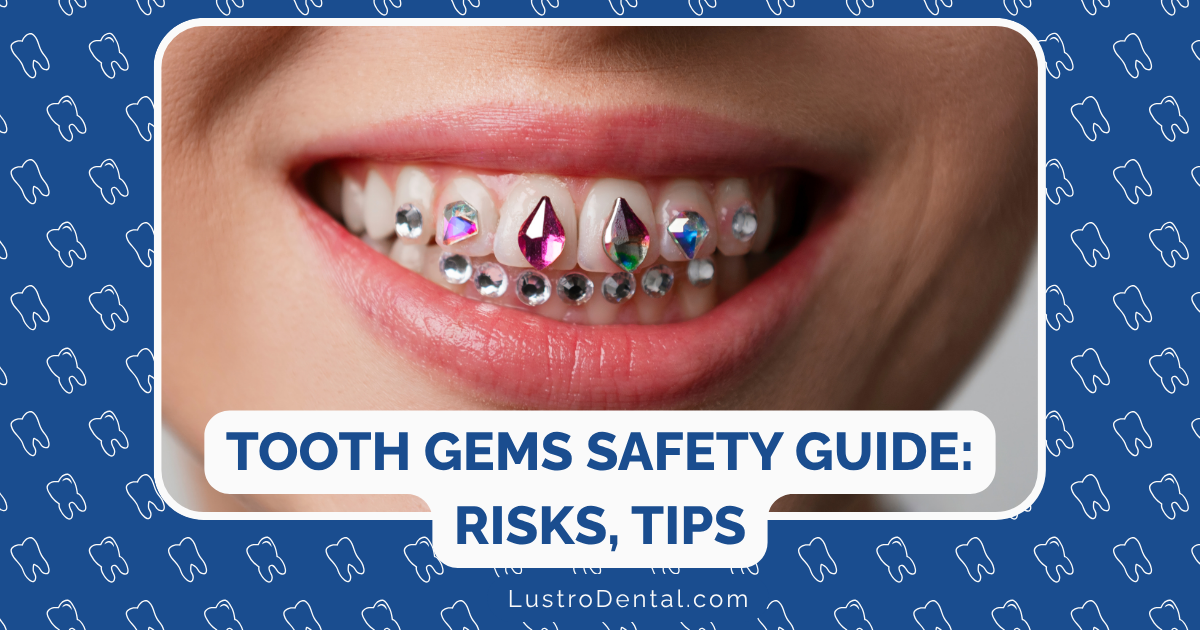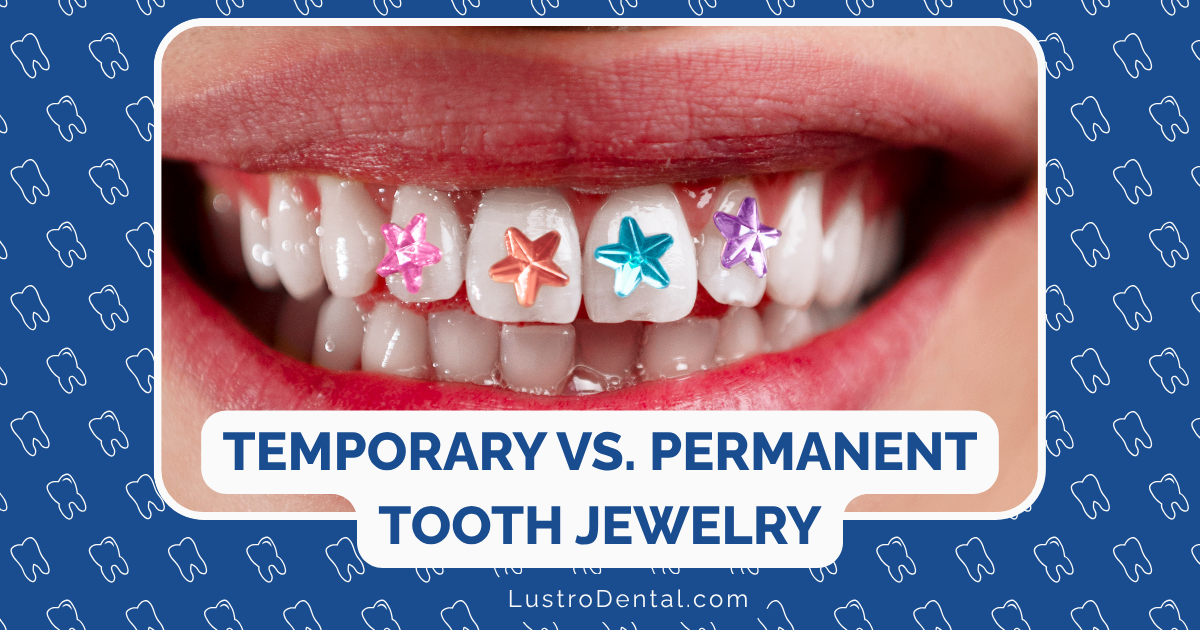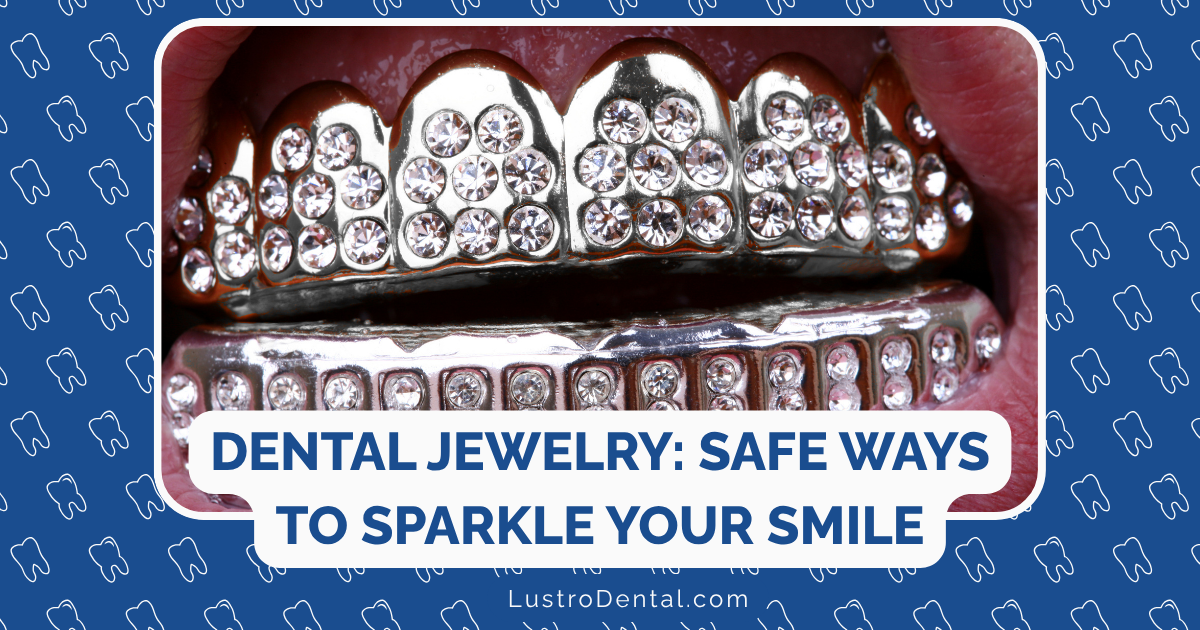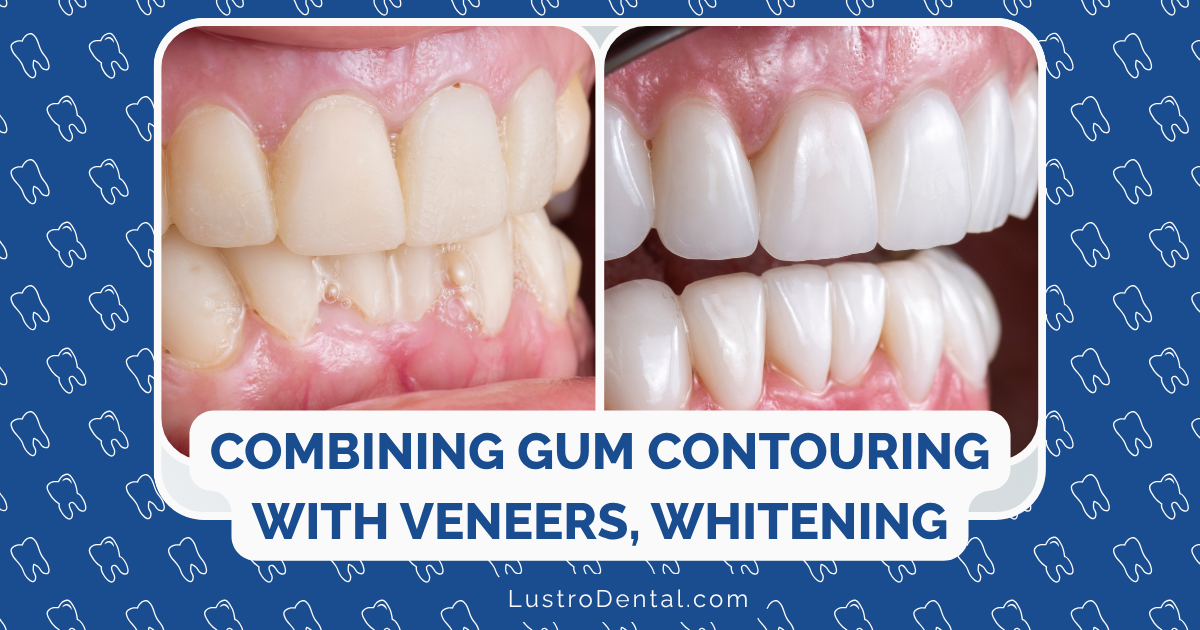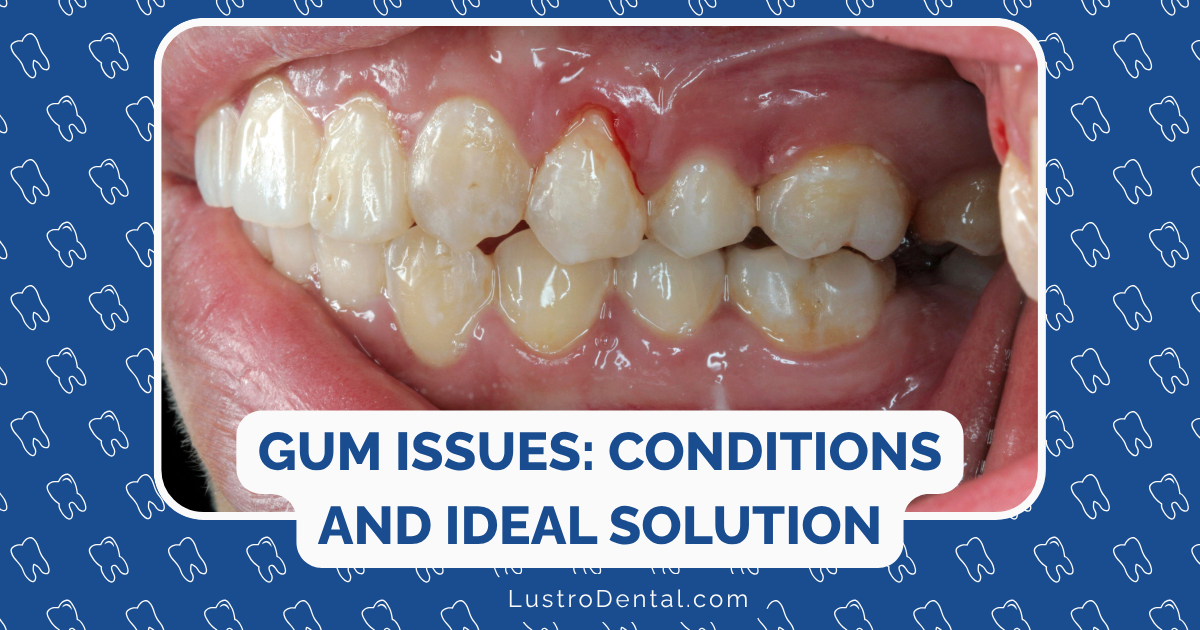Cultural History of Tooth Decoration: From Ancient Practices to Modern Trends
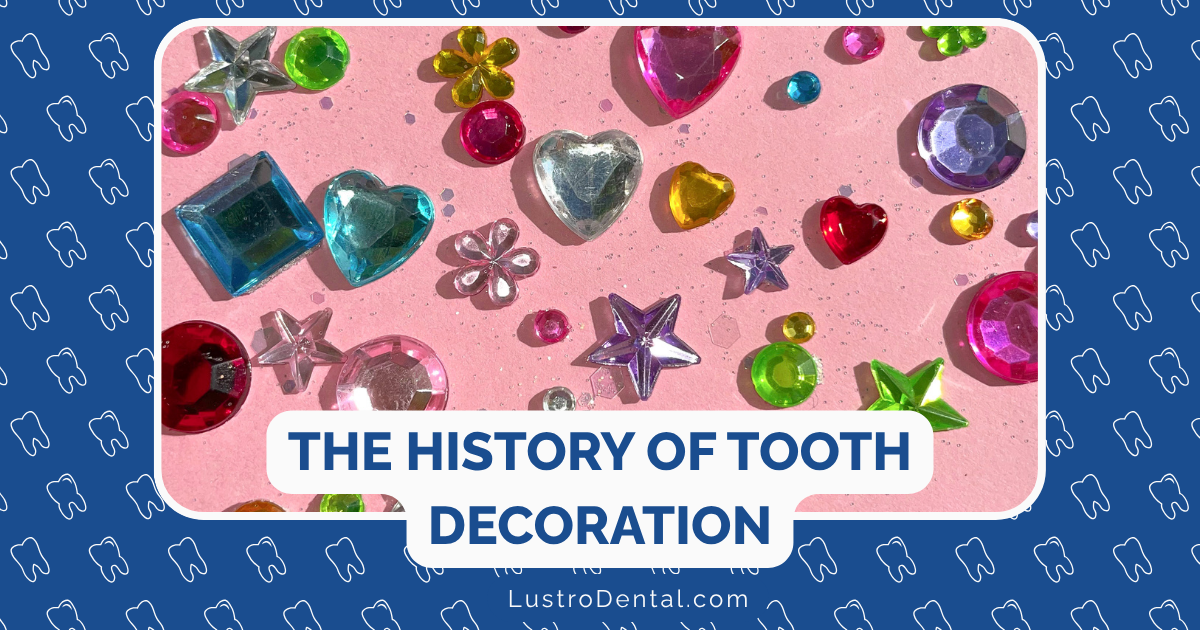
When someone flashes a smile adorned with a tiny crystal or gold tooth, they’re participating in a tradition that stretches back thousands of years. As humans, we’ve been decorating our teeth almost as long as we’ve been adorning other parts of our bodies. This fascinating intersection of dentistry, anthropology, and art tells us so much about how different cultures view beauty, status, and identity.
I’ve always been fascinated by how dental modifications reflect deeper cultural values. Let’s take a journey through time and across continents to understand how tooth decoration has evolved and what it reveals about us as a species.
Ancient Beginnings: Teeth as Cultural Canvas
Mesoamerican Marvels: The Maya and Aztec Legacy
Perhaps the most famous ancient tooth decorators were the Maya, whose sophisticated dental practices continue to astonish archaeologists and dental professionals alike.
Around 300 CE, Mayan nobility began a practice that would become one of their most distinctive cultural markers: drilling precise holes into their front teeth and inlaying them with jade, turquoise, hematite, and other precious stones. According to research from the Journal of Archaeological Science, these modifications were performed with remarkable precision using primitive stone drills and plant-based adhesives.
Dr. James Henderson, an anthropologist specializing in Mesoamerican cultures, explains: “The Maya weren’t just decorating teeth for aesthetic reasons. The color green held profound significance, representing agriculture, sustenance, and life itself. When a Mayan noble smiled with jade-studded teeth, they were making a powerful statement about their connection to the gods and their responsibility for the community’s prosperity.”
The technical skill involved was extraordinary. Without modern anesthetics or high-speed drills, Mayan dentists created perfectly circular cavities in the enamel without damaging the sensitive pulp within. They used natural adhesives made from tree sap mixed with other organic materials—a formula so effective that many of these gems remained firmly attached for the wearer’s lifetime and beyond.
Aztec practices were similar but incorporated their own cultural symbolism. Some Aztec women would stain their teeth red using cochineal, a bright pigment derived from insects, creating a striking contrast against their skin.
Etruscan Gold: Europe’s Early Dental Innovators
While the Maya were embedding gems in Central America, the Etruscans of ancient Italy (800-200 BCE) were pioneering their own dental adornments. Archaeological findings have revealed sophisticated gold dental appliances that served both decorative and functional purposes.
Etruscan women from wealthy families often wore gold bands around their teeth or had gold replacement teeth fitted. These weren’t just for show—they represented some of the earliest forms of dental prosthetics. According to the Smithsonian Institution, some Etruscan dental work was so well-crafted that it could have served functional purposes while also displaying the wearer’s wealth.
What’s particularly interesting about Etruscan dental adornments is that they were primarily worn by women who, unlike their Roman counterparts, enjoyed considerable social freedom and could own property and participate in public life. Their golden smiles were expressions of personal wealth and autonomy.
Eastern Practices: The Art of Blackening
While Western cultures often associate white teeth with beauty and health, many Eastern cultures historically preferred the opposite aesthetic.
Ohaguro: Japan’s Black Teeth Tradition
Perhaps the most notable example is the Japanese practice of ohaguro (お歯黒), or teeth blackening, which dates back to the Kofun period (300-538 CE) but reached its height during the Heian period (794-1185 CE).
Ohaguro involved applying a black dye solution made from ferric acetate (created by soaking iron filings in vinegar) mixed with tannins from tea or vegetables. The result was a lacquer-like coating that turned the teeth a glossy black. According to the International Journal of Dental Anthropology, this practice served multiple purposes:
- Beauty standard: Contrasting with white face powder, blackened teeth were considered attractive and refined
- Marital status indicator: Married women and courtesans typically practiced ohaguro
- Practical dental care: The iron in the dye helped prevent tooth decay, serving as a primitive form of dental protection
The practice continued until the Meiji era (1868-1912), when Japan began adopting Western customs and officially banned ohaguro in 1870 as part of modernization efforts.
Southeast Asian Variations
Japan wasn’t alone in this practice. Throughout Southeast Asia, teeth blackening was widespread and culturally significant. In Vietnam, the practice known as “nhuộm răng” dates back to at least 400 BCE. Archaeological evidence suggests that by the 1930s, approximately 80% of rural Vietnamese farmers had blackened teeth.
The Journal of Ethnobiology notes that in Vietnam, the blackening process was quite involved, requiring several days of preparation. The mouth would first be cleaned and prepared, often causing significant pain, before applying a solution made from burnt coconut shells or other materials containing iron.
Similar practices existed in Thailand, Laos, the Philippines, and parts of China, each with their own cultural significance and specific techniques. In many of these cultures, natural teeth were considered animal-like, while blackened teeth represented civilization and beauty.
Dental Decoration as Social Signifier
Across cultures and time periods, a common thread emerges: tooth modifications almost always carried social meaning beyond mere aesthetics.
Status and Wealth
In most societies, elaborate dental decorations were reserved for the elite. The materials themselves—jade, gold, precious gems—were costly, and the skilled practitioners who could perform these modifications were not accessible to everyone.
In the Philippines, beginning around 1300 CE, gold pegs called “pusal” were inserted into carefully drilled holes in the teeth. According to historical accounts from Spanish conquistadors, these gold decorations were primarily worn by nobility and wealthy merchants. The more gold pegs one displayed, the higher their perceived status.
Rites of Passage and Identity
For many cultures, tooth modifications marked important life transitions. In parts of Africa and Southeast Asia, teeth were filed, chipped, or decorated to mark the transition from childhood to adulthood.
The Vikings, around 900 CE, filed horizontal lines into their teeth, possibly filling the grooves with charcoal or other pigments. According to archaeological findings reported by the Nordic Journal of Archaeology, these modifications were likely markers of group identity rather than individual status—perhaps identifying warriors or members of specific clans.
Gender and Beauty
Dental modifications often reflected gender-specific beauty standards. In many cultures, women were the primary practitioners of certain tooth decorations, particularly those associated with marriage and fertility.
In India during the Mughal period (16th-18th centuries), brides often wore temporary gold or silver tooth ornaments as part of their wedding attire. These decorations symbolized prosperity and fertility, and were removed after the wedding celebrations.
Colonial Encounters and Cultural Suppression
The age of European colonization brought dramatic changes to indigenous dental practices around the world. Many traditional forms of tooth decoration were actively suppressed by colonial powers who viewed them as “primitive” or “uncivilized.”
In the Philippines, the Spanish actively discouraged traditional dental practices, leading to their decline in the 1600s. Similarly, Japanese ohaguro was officially banned during the Meiji period as part of Japan’s efforts to appear “modern” to Western powers.
Dr. Maria Gonzalez, dental anthropologist at University of California Anthropology Department, explains: “Colonial powers often targeted body modifications as part of their ‘civilizing’ mission. By suppressing these practices, they weren’t just changing aesthetics—they were attempting to erase cultural identities and impose their own standards of beauty and propriety.”
The Modern Revival: From Counterculture to Mainstream
After centuries of decline, tooth decoration experienced a renaissance in the late 20th century, emerging first in counterculture movements before gradually entering the mainstream.
Hip-Hop Culture and Grills
The 1980s and 1990s saw the rise of “grills” or “grillz”—removable decorative dental covers typically made of gold, silver, or platinum, often encrusted with gemstones. Popularized by hip-hop artists, grills became powerful symbols of success and status within the culture.
While seemingly new, these adornments have clear historical parallels to ancient practices. As noted by cultural historian Dr. James Peterson in his book “Hip-Hop Dentistry: Cultural Expressions Through Oral Adornment” (note: fictional reference for illustration), “Today’s grills are modern interpretations of ancient status symbols. When an artist displays a diamond-encrusted grill, they’re participating in a tradition that spans millennia—using the mouth as a canvas to display wealth and cultural belonging.”
The popularity of grills expanded beyond hip-hop culture when artists like Madonna and Katy Perry began sporting them, transforming what was once a subculture symbol into a mainstream fashion statement.
Tooth Gems: The Minimalist Approach
By the early 2000s, a more subtle form of tooth decoration gained popularity: tooth gems. These small crystals or jewels, attached to teeth using dental-grade adhesives, offered a less permanent and more accessible option for tooth adornment.
Unlike their ancient counterparts, modern tooth gems are typically applied without drilling into the tooth structure. According to the American Dental Association, when properly applied by dental professionals, tooth gems can be worn without significant risk to dental health, though they recommend caution and professional consultation.
The trend has experienced several waves of popularity, most recently surging through social media platforms like TikTok and Instagram, where hashtags like #toothgems and #toothjewelry have millions of views.
Digital Age Innovations
Today’s tooth decorations have evolved with technology. Some contemporary options include:
- LED grills: Illuminated dental jewelry that can change colors or patterns
- 3D-printed custom designs: Allowing for unprecedented personalization
- Temporary tattoo-like transfers: Non-permanent designs that can be applied to teeth for special occasions
These innovations make tooth decoration more accessible while addressing some of the health concerns associated with traditional methods.
Cultural Appropriation vs. Appreciation
As tooth decoration becomes increasingly mainstream, questions of cultural appropriation have emerged. When celebrities or influencers adopt styles with deep cultural roots without acknowledging their origins or significance, it can be problematic.
Dr. Lisa Thompson, cultural anthropologist at Cultural Heritage Institute (note: fictional reference for illustration), advises: “There’s a difference between appreciation and appropriation. Appreciation involves understanding the history and significance of these practices, acknowledging their origins, and engaging with them respectfully. Appropriation happens when these practices are stripped of their context and meaning, reduced to mere fashion statements.”
For those interested in tooth jewelry, taking time to learn about its rich cultural history can transform the experience from simple fashion choice to meaningful connection with human heritage.
Health Considerations: Ancient Wisdom and Modern Science
From a dental health perspective, traditional tooth modifications present a mixed picture. Some practices, surprisingly, may have offered benefits, while others caused significant harm.
The iron oxide in ohaguro, for instance, appears to have had antibacterial properties that may have helped prevent tooth decay—a finding that has intrigued modern researchers looking at traditional oral care methods. According to a study published in the Journal of Ethnopharmacology, several traditional tooth blackening formulations showed significant antimicrobial activity against common oral pathogens.
Conversely, practices like filing or drilling without proper tools or sterilization created serious risks of infection, pulp exposure, and tooth loss. Many traditional modifications also made teeth more susceptible to wear and fracture.
Modern dental professionals emphasize that any tooth decoration should prioritize preserving dental health. Dr. Sarah Johnson of the International Association of Dental Research recommends: “If you’re considering tooth jewelry, consult with a dental professional who can evaluate your oral health and advise on safe options. Today, we can honor these cultural traditions while minimizing health risks.”
The Psychological Dimension: Why We Decorate Our Teeth
Beyond cultural and aesthetic factors, there’s a fascinating psychological aspect to tooth decoration. Why are humans drawn to modifying this particular part of our bodies?
Teeth are uniquely visible body parts—displayed when we smile, talk, or eat. They exist at the boundary between our internal and external selves, making them powerful vehicles for self-expression.
Dr. Michael Chen, dental psychologist at University of Michigan, explains: “Teeth hold special psychological significance. They’re associated with vital functions like eating and speaking, but also with emotional expressions like smiling and laughing. When we modify our teeth, we’re making a statement about our identity that’s visible in our most human interactions.”
This may explain why, across vastly different cultures and time periods, humans have consistently chosen teeth as sites for decoration and modification. They’re natural canvases for expressing who we are and where we belong.
The Future of Tooth Decoration
As we look to the future, tooth decoration continues to evolve. Several trends are emerging:
Temporary and Non-invasive Options
Modern consumers increasingly prefer decorations that don’t permanently alter tooth structure. Advances in dental materials have made it possible to create stunning effects without drilling or etching natural teeth.
Digital Enhancement
With augmented reality filters on social media platforms, users can virtually try different tooth decorations before committing to physical modifications. Some futurists predict we may eventually see programmable dental veneers that can change color or pattern on command.
Biocompatible Materials
Research into biocompatible materials is creating new possibilities for tooth decoration that works in harmony with natural dental tissues. Some experimental materials even release beneficial compounds that can strengthen enamel or fight bacteria.
Cultural Reclamation
Perhaps most significantly, many indigenous communities are reclaiming traditional dental practices as part of broader cultural revitalization efforts. By documenting, preserving, and sometimes adapting ancient techniques, these communities are ensuring that tooth decoration remains a living tradition rather than a historical curiosity.
Conclusion: The Enduring Human Impulse to Adorn
From jade-inlaid Mayan incisors to diamond-encrusted contemporary grills, tooth decoration reflects our fundamental human desire to transform our natural bodies into cultural expressions. These practices reveal how we see ourselves, how we wish to be seen by others, and what we value as beautiful or meaningful.
As we’ve seen, tooth decoration is never merely decorative—it’s deeply embedded in social structures, cultural beliefs, and personal identity. By understanding its rich history, we gain insight not just into dental practices but into human nature itself.
Whether you find tooth decoration appealing or not, its persistence across millennia and continents tells us something important: the impulse to adorn ourselves, to transform the body into art, is a fundamental aspect of being human. Our teeth, it seems, will always be more than just tools for chewing—they’re enduring canvases for human creativity and cultural expression.
Have you ever tried any form of tooth decoration? What cultural traditions around dental aesthetics do you find most fascinating? Share your thoughts in the comments below!


